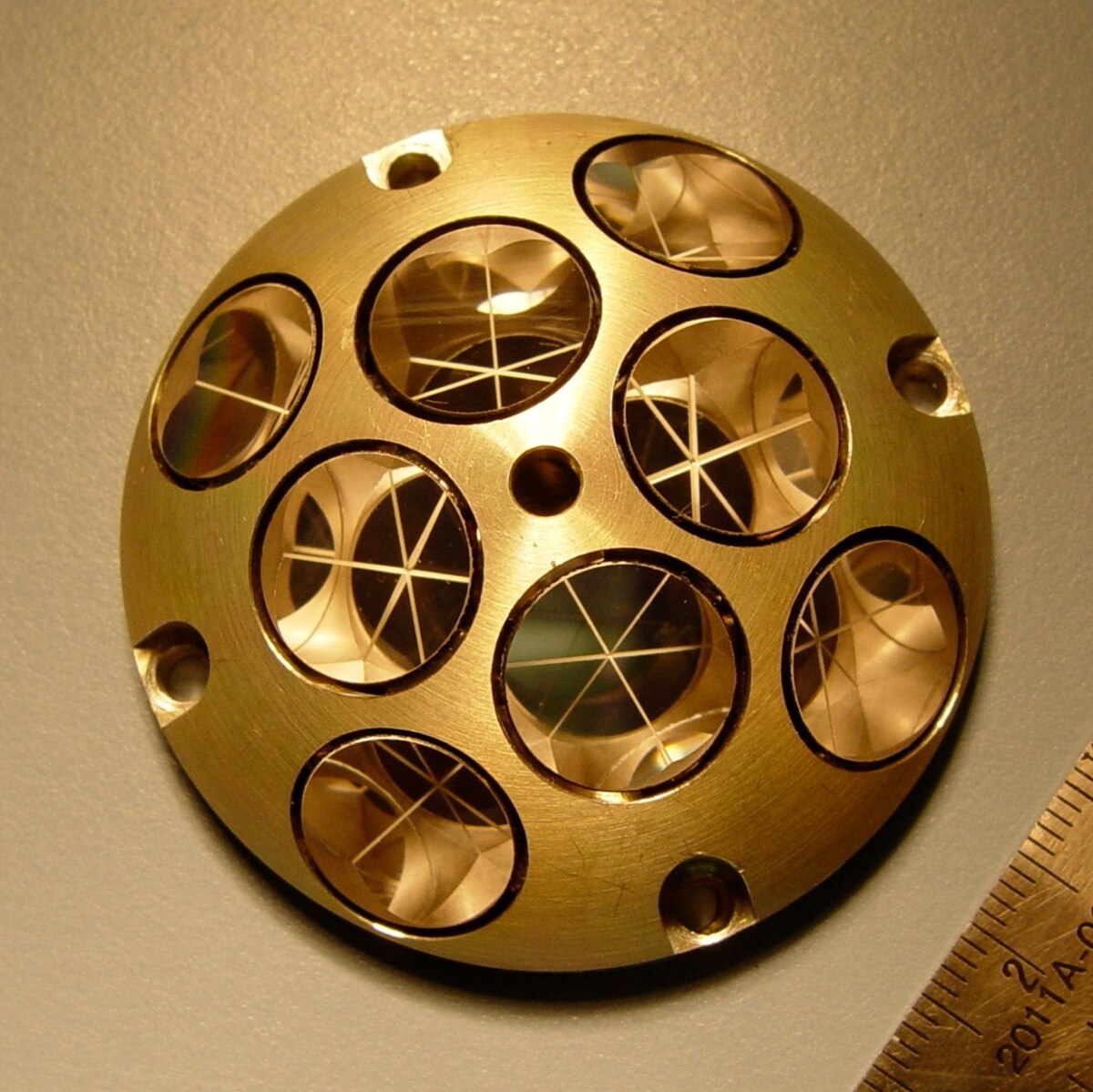Chandrayaan-3: How Vikram Lander Will Guide Astronauts In Landing On The Moon

Chandrayaan-3 is now serving as a fiducial point — a precisely located reference marker. It is designed to endure the harsh lunar environment for decades. It will provide a lasting legacy of the Chandrayaan-3 mission
After completing its historic mission on the Moon, India’s Chandrayaan-3 has successfully positioned its Vikram lander as a new beacon on the lunar surface that will help future astronauts.
NASA’s Lunar Reconnaissance Orbiter (LRO) in a joint experiment with the Indian Space Research Organisation (ISRO) used the Laser Retroreflector Array (LRA) on the Vikram lander to perform precise laser range measurements.
The LRA, a sophisticated instrument comprising eight corner-cube retroreflectors mounted on a hemispherical support structure, is now serving as a fiducial point — a precisely located reference marker — on the Moon’s surface.
This technological marvel, weighing a mere 20 grams, is designed to endure the harsh lunar environment for decades, providing a lasting legacy of the Chandrayaan-3 mission.
During a lunar night-time observation, with the LRO ascending east of Chandrayaan-3, the Lunar Orbiter Laser Altimeter (LOLA) onboard the LRO successfully detected signals reflected by the LRA.
This experiment not only demonstrates the capabilities of international collaboration in space but also marks a significant advancement in our ability to conduct precise location tracking on the Moon.
The Vikram lander, which softly touched down near the lunar South Pole on August 23, 2023, is uniquely positioned as the only miniature version of an LRA near this strategically important area. Its presence is pivotal for current and future lunar missions, as it will serve as a long-term geological station and a vital location marker on the lunar surface.
Only 2 inches, or 5 centimetres, wide, NASA’s Laser Retroreflector Array has eight quartz-corner-cube prisms set into a dome-shaped aluminium frame
The implications of this successful experiment are far-reaching. The data obtained from these laser measurements will enhance our understanding of the Moon’s dynamics, internal structure, and gravitational anomalies.
It will also aid in the precise determination of spacecraft orbital positions, thereby refining the lunar geodetic frame.
NASA’s collaboration with the ISRO on this project highlights the global effort to expand our knowledge of the Moon and prepare for future manned and unmanned missions.
As Artemis mission gains pace, the Vikram lander’s LRA will be an essential tool in guiding astronauts and spacecraft to safe landings in low-light conditions and marking the positions of existing spacecraft for further exploration.
- SEO Powered Content & PR Distribution. Get Amplified Today.
- PlatoData.Network Vertical Generative Ai. Empower Yourself. Access Here.
- PlatoAiStream. Web3 Intelligence. Knowledge Amplified. Access Here.
- PlatoESG. Carbon, CleanTech, Energy, Environment, Solar, Waste Management. Access Here.
- PlatoHealth. Biotech and Clinical Trials Intelligence. Access Here.
- Source: https://www.indiandefensenews.in/2024/01/chandrayaan-3-how-vikram-lander-will.html




